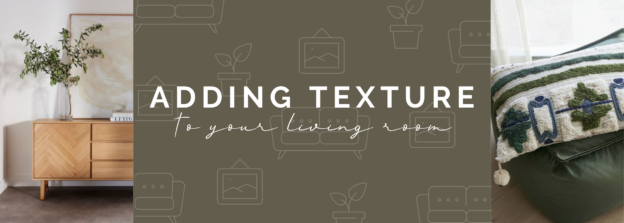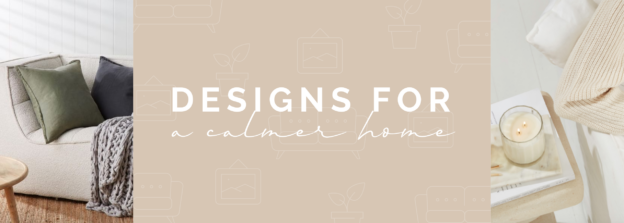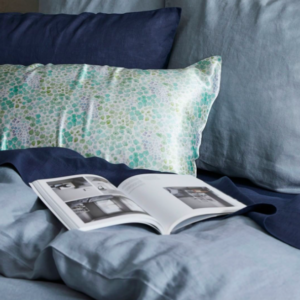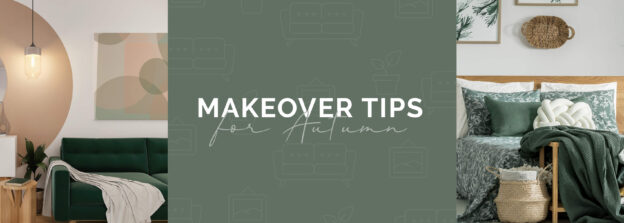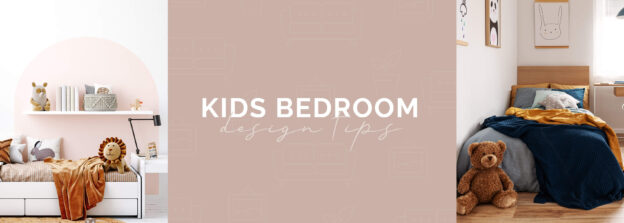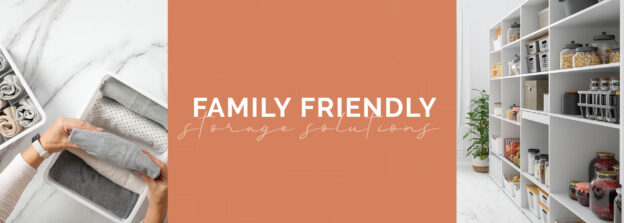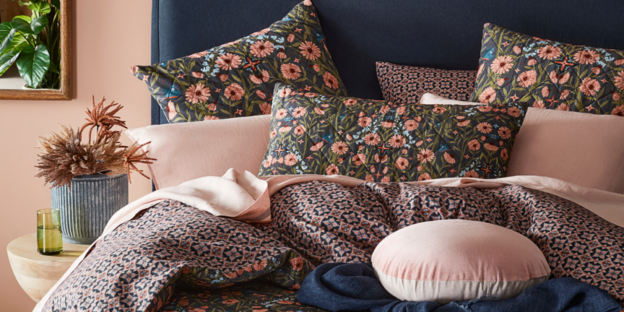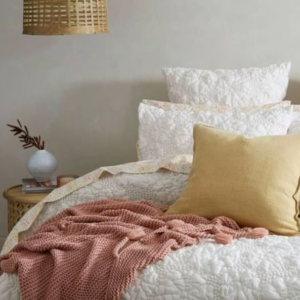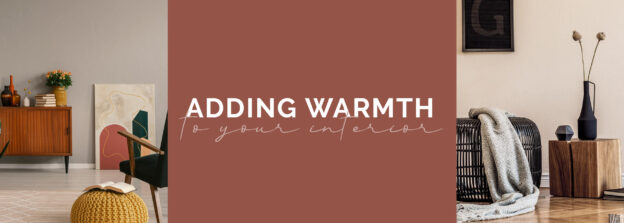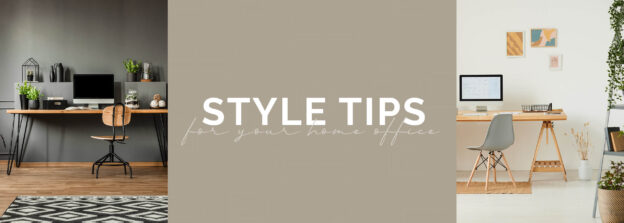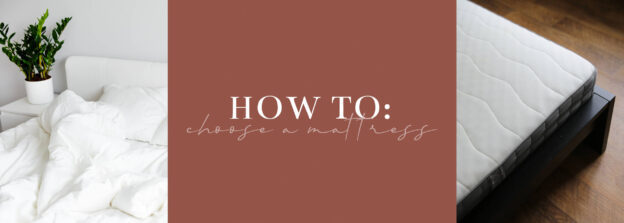For those of you who have downloaded and browsed through our Autumn Trends Report you will have noted that a huge trend for this season is ‘Texture on Texture’. This is a trend we are super excited about as it evokes a variety of senses through the use of touch and creating visual interest. Today we are sharing with you how to incorporate texture into your living room and create a cosy and welcoming space. We believe there are six key areas for where you can introduce texture in the living room, and we can’t wait to share them with you!
Cushions And Throws
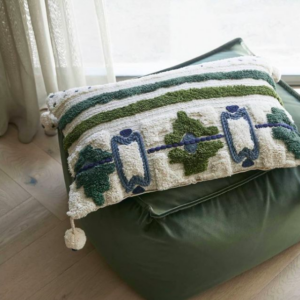
This is the most obvious one, so we thought we would kick it off with an aspect you may already be familiar with. The easiest and arguably the most effective way to add texture in the living room is to opt for cushions and throw rugs in a variety of different materials. For autumn we are seeing fabrics such as thick linen, plush faux fur, and boucle in stores such as Adairs and Bed Bath N Table. We recommend choosing a mixture of textures and finishes to create a layered and cosy look. When it comes to autumn and winter decorating, the more the merrier is usually advised for cushions and throw blankets to create a comfortable and snuggly living room.
Statement Furniture
Furniture is an unexpected aspect of your living room where you can play with different textures and be adventurous. If you want to embrace the ‘texture on texture’ trend we love the look of a statement armchair in a boucle or linen fabric that creates the ultimate wow factor. A key trend for autumn is using these fabrics in muted tones such as soft blush, muddy green, or a creamy ivory. If you can’t commit to a furniture piece of this size, then we recommend dipping your toes in by opting for a textured ottoman or pouffe. Head into Adairs and Koala Living to see their gorgeous range of boucle armchairs and ottomans today!
Rugs

Rugs can be one of the simplest ways to add texture to a living room as they are just one piece, that makes a huge impact. When selecting a rug, we recommend choosing a large size that allows most furniture items to sit comfortably on top of the rug. For a coastal or Scandinavian style interior we love using jute or flatweave rugs to incorporate texture and add a natural touch. For a contemporary or Hamptons interior design style, we suggest choosing a luxurious fabric that feels soft underfoot such as a wool or silk blend. Our friendly staff at Decorug are here to assist you in finding the perfect rug for your living room, be sure to check them out on your next visit.
Coffee Table Styling

Texture can be created visually by using sculptural and natural elements and styled in an eye-catching way. Create visual interest on your coffee table by grouping a selection of home décor pieces in a beautiful rattan or wicker tray. Add in a vase filled with textural stems and blooms and finish by adding natural stone coasters and an autumn scented candle. If you are looking for some inspiration when it comes to creating a textured coffee table vignette, we recommend popping into some of our furniture and home décor retailers to spark your creativity.
Artwork
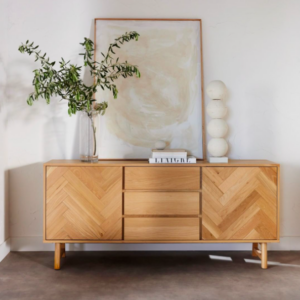
Artwork is another clever way to incorporate texture and visual interest in a living room. Not only does a beautiful artwork create wow factor and add depth to a room, but it also allows you to blend the pieces of the room together through the use of colour and texture. We love choosing artworks in muted and soft tones to ensure the textures of the painting shine through. Think soft washes of nude tones blended with mauve or taupe when creating a cosy space for autumn. Use timber frames to add another textural element and avoid any high gloss glass or metallic finishes for a more natural look.
Timber And Rattan

Timber and rattan furniture and home décor pieces have been growing in popularity the past few years and we are seeing new styles being released each and every season. Timber is a classic material that works with every interior design style to bring warmth and texture to a space. We love natural timber coffee tables and side tables when designing a living room to offset against the soft fabrics in the space. Rattan is the perfect textural material and is popular in furniture and home decorating pieces such as armchairs, coffee tables, lamp shades and trays. Head into Adairs to see their beautiful range of rattan pieces or pop into Focus On Furniture or Koala Living to view their gorgeous timber pieces.

